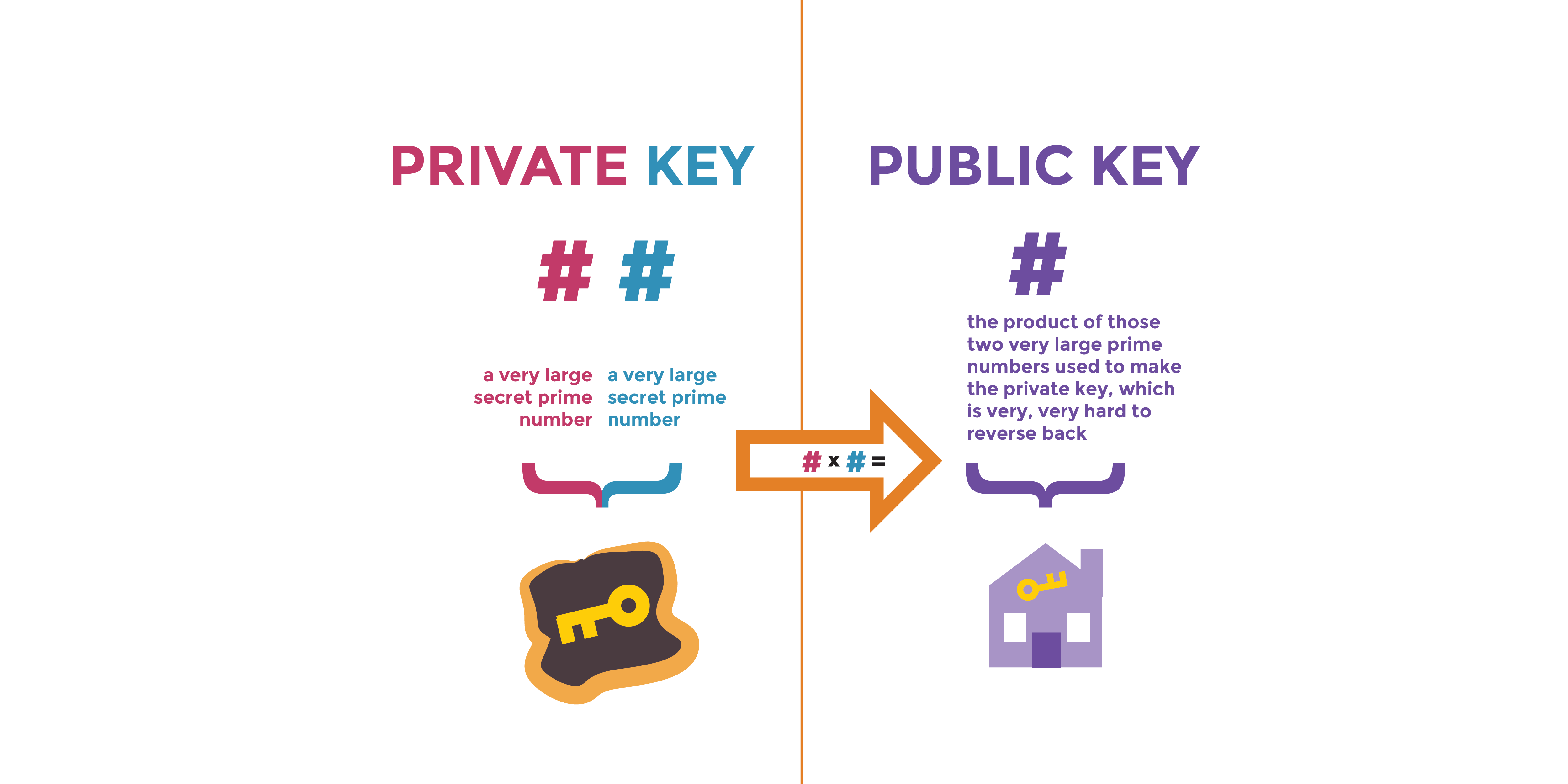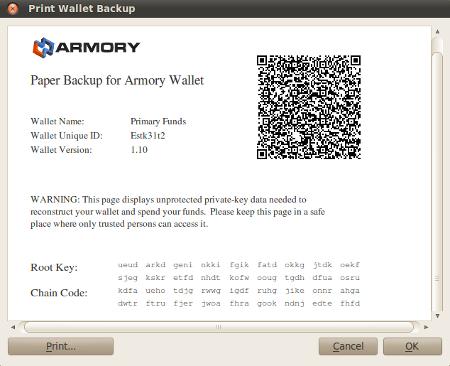
- #Macfusion private key install#
- #Macfusion private key update#
- #Macfusion private key plus#
- #Macfusion private key download#
I’m out of options other than Fuse might have changed in the last version of OSMC.

#Macfusion private key update#
I haven’t upgraded the server, but did update the OSMC/Pi recently. I haven’t changed my fstab and the lack of errors on mount -a suggest it’s not broken. Sshfs -o allow_other,reconnect,transform_symlinks,BatchMode=yes /mnt/tower Silenty proceeds but the volume is not mounted. That used to mount the volume at boot but now doesn’t. Click on it and you will find all the functionality described above. When you start MacFusion, you should see an icon in the top right of your screen.
#Macfusion private key download#
Then you can download MacFusion, double click on the dmg and drag the application into your Applications folder.

#Macfusion private key install#
The /etc/fstab on the Pi has this /mnt/tower fuse comment=sshfs,noauto,users,exec,uid=1000,gid=1000,allow_other,reconnect,transform_symlinks,BatchMode=yes 0 0 First, you neeed to install Googles MacFuse package from here: MacFuse. By default, the key will be regenerated when it does not match the module’s options, except when the key cannot be read or the passphrase. The module will always generate a new key if the destination file does not exist. debug1: Offering public key: /Users/pandabrand/.ssh/idrsa. Allows to configure in which situations the module is allowed to regenerate private keys. I can connect to the server from my Mac using Macfusion via sshfs, so the server seems OK, and I can log into the server from the Pi using vanilla SSH with a public/private key, so that seems OK. Again Im trying to do a sshfs mount from a OS X 10.6.4 using MacFusion 2.0.4 the server is. This week, none of my media is seen, and the remote volume is not mounted. it's not grayed out).I’ve had my unRaid server automounted by my OSMC pi2and it has worked flawlessly for about a year. Reopen Xcode and check your project configuration to see if you can now select an "iPhone Distribution" certificate (i.e. Download it and double click it to integrate it in your keychain. A certificate is generated for distribution.That involves opening the Keychain application on your Mac and generate a Certificate Signing Request from there.

Follow the steps printed in the webpage.Select "App Store and Ad Hoc" option, and click Continue.
#Macfusion private key plus#
Click on the plus sign to add a new certificate.Click Revoke and follow the instructions.Expand the Certificates section on the left, select Distribution, and click on your distribution certificate.Click on "Certificates" under the "iOS Apps" section.Click on "Certificates, Identifiers & Profiles".Click on "Member Center" and enter your iOS developer credentials.Once you have enough privileges, follow these steps (accurate as of 1): You may need to ask your team admin or agent to give you some privileges in order to generate distribution certificates. You have to revoke the certificate and create a new one. If the computer where the distribution profile was created is not accessible anymore (and there is not a backup) Click Import and select the file you exported before.First well create a key pair and then copy the public key to the. Unlike libraries, which can be embedded within application bundles and made to run within private namespaces, kernel extensions load and run within the. Remote-login to MachineB and paste the public key for MachineA into. Save the exported file and go to your computer. To set up SSH key based authentication for your remote host. Some of the tricks mentioned below and above for ssh and sshfs can also be applied.



 0 kommentar(er)
0 kommentar(er)
